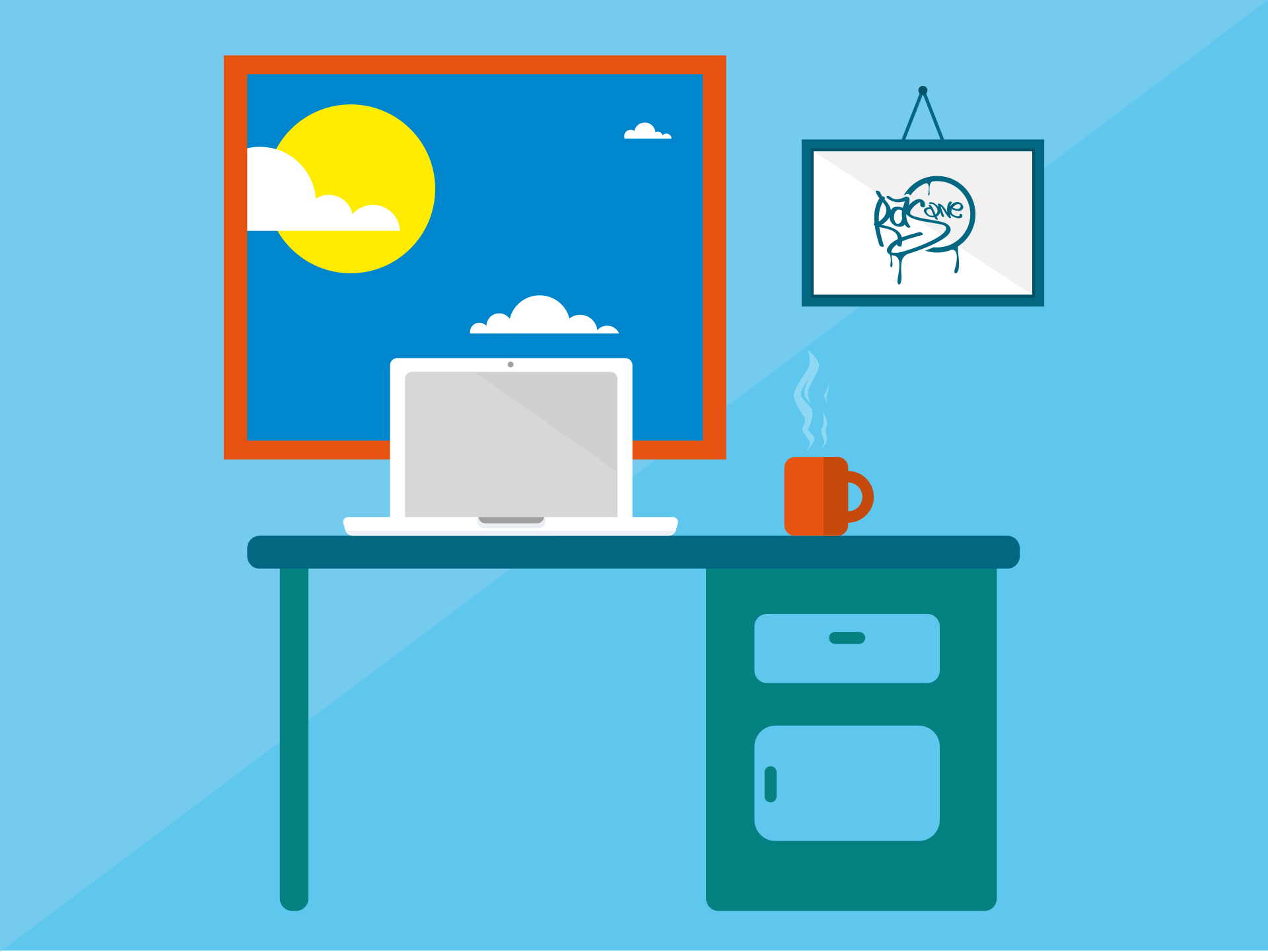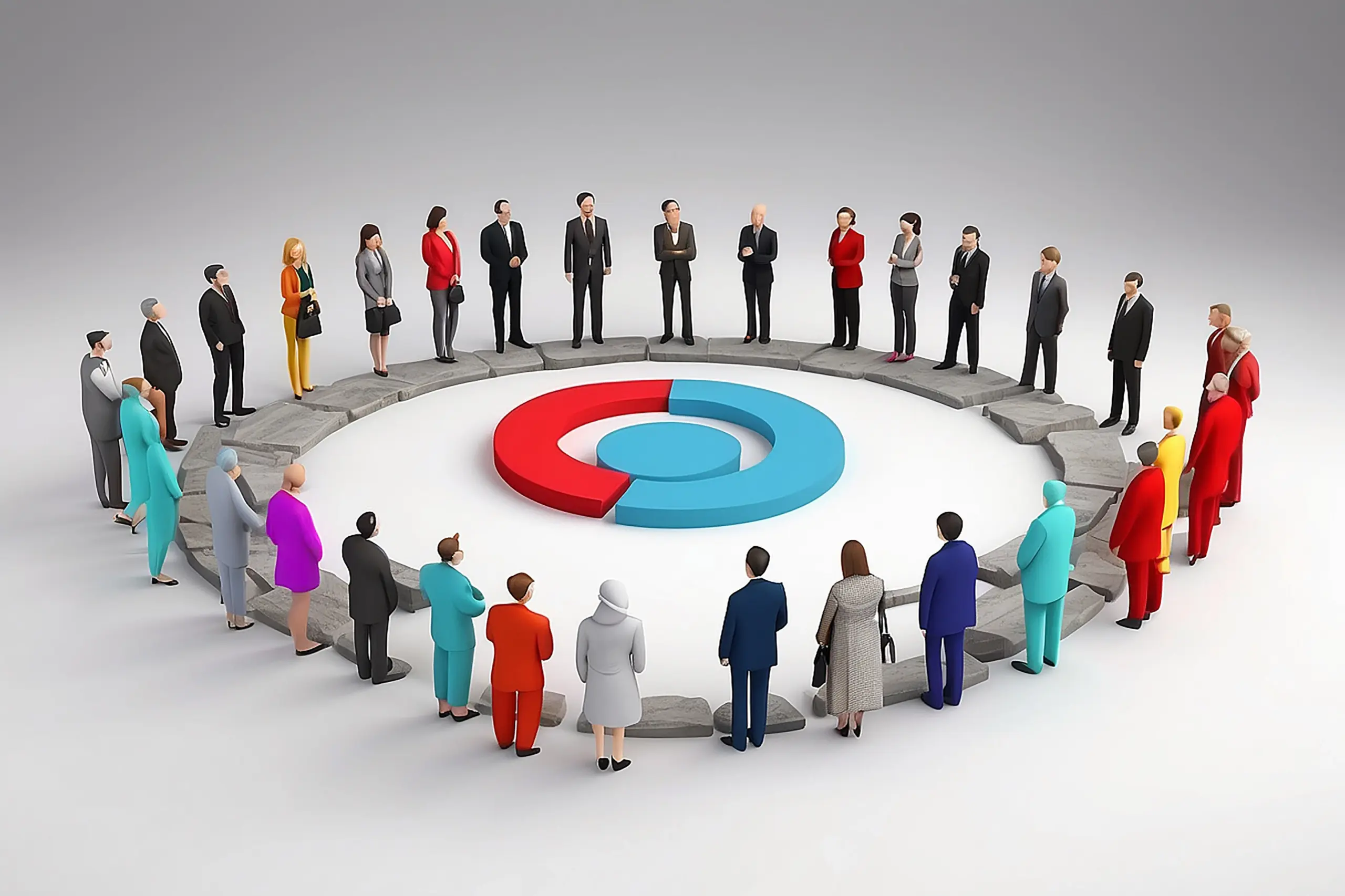On the job training (OJT) is one of the most effective and widely used methods for employee development in organizations. It offers a unique opportunity for employees to learn and grow while performing their actual job duties. By providing training on the job, companies can enhance productivity, reduce training costs, and ensure that employees acquire practical skills relevant to their roles.
Whether you’re a training manager looking to improve employee performance or an organization seeking to adopt the best training methods, on-the-job training methods provide a comprehensive solution. This blog will walk you through various methods of training, their benefits, and how to effectively implement them within your organization.
First let’s understand the concept of on-the-Job Training;
What is On-the-Job Training?
On-the-job training (OJT) refers to a form of employee training where employees learn by performing their job tasks under the supervision of more experienced employees or managers. Unlike classroom-based training, OJT allows employees to gain hands-on experience and practical skills in real-world settings. This approach helps in achieving higher employee engagement and faster skill development.
The training methods in HRM often incorporate OJT due to its effectiveness in creating skilled, competent employees who are ready to meet organizational goals. These methods of training HRM are adaptable, cost-effective, and can be tailored to suit the needs of different industries.
Benefits of On-the-Job Training
The advantages of on-the-job training methods are numerous and can lead to significant improvements in employee performance and business success. Here are some key benefits:
- Cost-Effective
On the job training eliminates the need for costly classroom-based programs. Employees learn while working, minimizing downtime and maximizing productivity.
- Immediate Application of Skills
Trainees can immediately apply the knowledge they gain, making learning more relevant and engaging. Whether through apprenticeships or on the job training methods, employees gain real-world experience that enhances their value to the company.
- Personalized Learning Experience
Training and methods of training vary depending on the needs of the employee. With on the job training, learning is tailored to the specific tasks of the job, offering a more personalized experience than formal training sessions.
- Improved Employee Retention
Employees who undergo training on the job tend to feel more connected to the company and its goals. Investing in training methods helps increase job satisfaction and reduces turnover.
- Increased Productivity
Trainees become more competent in their roles over time, leading to higher efficiency and productivity. Using methods of training in human resource management (HRM) can ensure that employees are equipped with the latest skills and knowledge.
- Builds Stronger Employee Relationships
Involvement of Manager in training programs help strengthen relationships between managers and their teams. Having a mentor to guide employees fosters communication, trust, and teamwork, essential qualities in any workplace.
- Prepares Employees for Future Leadership Roles
Apprenticeship programs often serve as stepping stones to management. Trainees are given the opportunity to develop their leadership skills while gaining experience, making them better prepared for future roles.
- Tailored to Company Needs
Otj ensures that the employee is trained specifically for the tasks they will perform within the company. This customized approach ensures that the company gets a well-trained employee who is ready to contribute from day one.
- Boosts Morale
Providing employees with HR training methods and giving them a chance to grow on the job can boost morale. Feeling valued and invested in motivates employees to perform at their best.









While on-the-job training offers numerous advantages like cost-effectiveness, immediate application of skills, and real-world experience, it also comes with some challenges. These include the potential for inconsistent quality, distraction, and the heavy time commitment required from experienced employees. Companies should assess their specific needs, resources, and roles to determine if on-the-job training is the best approach or if a combination of apprenticeships and formal methods would be more effective.
On The Job Training Methods

Here’s a list of some of the best on the job training methods for office employees:
- Job Rotation
- Mentoring
- Job Instruction
- Committee Assignments
- Internship Training
- Job Shadowing
- Self-Instructional Training
- Apprenticeship
1. Job Rotation
Job rotation is a technique where employees are moved between different jobs or roles within the organization. This allows them to gain a broader skill set and deeper understanding of various tasks in the workplace. OTJ training through job rotation enhances flexibility, reduces boredom, and helps employees understand different facets of the business.
Benefits
- Encourages skill diversification and adaptability.
- Prevents burnout by keeping employees engaged with varied tasks.
- Promotes better communication and teamwork across departments.
2. Mentoring
In a mentoring relationship, a more experienced employee, often a manager in training, guides a less experienced employee to help them develop the necessary skills to perform their job efficiently. Mentoring can be formal or informal, but it always focuses on building the employee’s strengths, offering career advice, and providing feedback.
Benefits
- Promotes a supportive workplace culture.
- Accelerates learning and development by leveraging expertise.
- Builds strong relationships between employees and leaders.
3. Job Instruction
Job instruction is the go-to method when you want to ensure tasks are done precisely. The trainer provides clear instructions and expectations, and the employee follows them step-by-step.
This method works especially well for roles requiring specific skills or compliance with regulations. For example, in a manufacturing setting, employees might be trained in a proper way to operate machinery.
Benefits
- Reduces mistakes & increases safety
- Allows immediate feedback & correction
- Helps employees learn faster & more effectively
4. Committee Assignments and Project Work
Committee assignments allow employees to work on cross-functional teams to complete specific projects. This method of on-the-job training encourages collaboration, problem-solving, and leadership skills. Project-based work allows employees to dive deep into specific areas of the business, enhancing their expertise and understanding of complex operations. This promotes team spirit while also increasing problem-solving skills.
An example could be forming a committee to improve employee engagement by launching a new wellness program.
Benefits
- Fosters teamwork and collaboration across departments.
- Builds leadership skills through responsibility and accountability.
- Provides a sense of accomplishment and job satisfaction.
5. Internship Training
Internships are often targeted at students or recent graduates who are looking to gain practical work experience. Internships offer a more structured approach to training on the job, allowing trainees to apply theoretical knowledge in real-world situations. Interns are typically paired with a training manager or supervisor to guide them through their tasks and projects.
Benefits
- Helps identify and recruit potential full-time employees.
- Provides valuable work experience for students or new job seekers.
- Allows businesses to assess the potential of interns in real-world settings.
6. Job Shadowing
Ever thought of letting your employees ‘shadow’ others? Well, what do you understand by this? Worry not! Because, it’s something positive. Job shadowing allows an employee to observe a colleague’s work closely. This is especially helpful for new employees to understand the roles quickly.
Imagine a new sales executive observing an experienced managerial colleague to learn how to handle customer calls and close deals.
Benefits
- Offers real-time learning by observing
- Helps employees understand job expectations
- Allows experienced employees to share knowledge
7. Self-Instructional Training
Do your employees like learning at their own pace? Self-instructional training offers flexibility by allowing employees to guide their own learning using available resources.
For example, an employee might take online courses or read training manuals to master new software. Moreover, companies can provide their employees with an efficient Learning Management System.
Benefits
- Allows flexibility in learning schedules
- Encourages independence & self-motivation
- Customizes learning to individual needs
8. Apprenticeship
Apprenticeships blend on the job training with classroom learning, often lasting 1 to 4 years. They’re ideal for roles requiring advanced skills or certifications.
For instance, a technical apprentice might split their time between practical training and theoretical courses.
Benefits
- Brings a mastery at complex skills
- Provides a blend of practical & theoretical learning
- Creates a pipeline of skilled professionals
I was able to implement the platform on my own. It helps in assigning the tasks to other employees, conducting surveys and polls, and much more. The ease of use and self-onboarding is something that I would like to appreciate.
Sonali, Kommunicate
Zimyo simplifies attendance management for our organization. The leave and attendance are so streamlined that we have never faced any difficulties with the system.
Anurag, Eggoz Nutrition
Why On The Job Training Works?
On the job training delivers several advantages. It’s cost-effective, as it doesn’t require additional resources like classrooms. Your employees can learn while working, which further accelerates the learning process.
According to Forbes, companies that focus on learning and development see 24% higher profit margins than those who don’t. Additionally, job training helps retain employees by giving them the skills and confidence to excel in their respective roles.
Implementing On-the-Job Training in Your Organization
As a training manager, it’s essential to understand the unique needs of your workforce when designing and implementing on-the-job training methods. Here are a few steps to consider:
1. Assess Training Needs:
Identify the skills gaps and knowledge areas that require attention. This will help you tailor your training methods to suit the specific needs of your employees.
2. Set Clear Objectives:
Establish clear learning objectives and outcomes for your training program. Ensure employees know what is expected of them during their training period.
3. Provide Mentorship and Support:
Pair trainees with experienced mentors or supervisors who can guide them and provide feedback throughout the training process.
4. Monitor Progress:
Regularly assess the effectiveness of the training methods and make adjustments as needed. Use performance evaluations, feedback from employees, and assessments to track progress.
Conclusion
On-the-job training (OJT) is one of the most effective ways to develop a skilled and competent workforce. By incorporating various training methods, such as apprenticeships, mentoring, and job rotation, organizations can create a dynamic and adaptable work environment. Whether you’re using OTJ training to improve employee performance or training managers to become leaders, these methods will help your organization thrive.
Effective on-the-job training methods are essential in today’s competitive business landscape. They not only improve the skills of employees but also enhance job satisfaction, reduce turnover, and increase productivity. Implementing these methods properly can lead to long-term success and a strong, capable workforce.
















